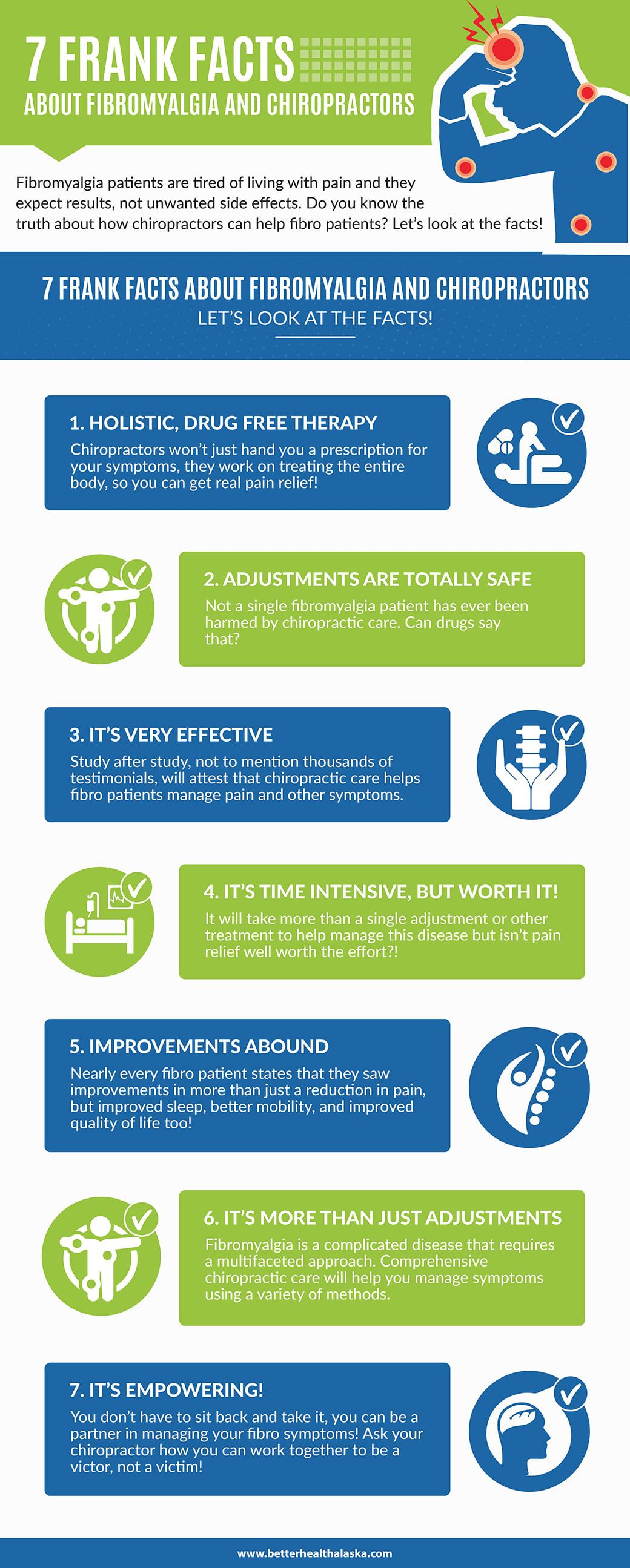The Effect Of Posture On Pain In The Back: Standards For Keeping Good Placement Throughout Your Day-To-Day Routine
The Effect Of Posture On Pain In The Back: Standards For Keeping Good Placement Throughout Your Day-To-Day Routine
Blog Article
Authored By-Williford Fraser
Preserving appropriate stance isn't almost sitting up straight; it's about aligning your body in a way that supports your spine and lowers the risk of neck and back pain. The way you rest, stand, and move throughout the day can considerably affect your back health. Yet just how exactly can you make sure great placement consistently, also throughout hectic days loaded with numerous tasks? Allow's delve deeper right into the refined yet impactful modifications you can make to your everyday regimen to maintain your back happy and healthy.
Value of Proper Posture
Proper pose is essential in maintaining a healthy back and avoiding pain. When you sit or stand with good posture, your spine remains in alignment, lowering pressure on your muscles, ligaments, and joints. This placement enables the body to disperse weight evenly, protecting against extreme stress and anxiety on certain locations that can lead to discomfort and discomfort. By keeping your spinal column correctly straightened, you can also enhance your breathing and digestion, as slouching can press body organs and restrict their performance.
Additionally, maintaining physical therapy can enhance your total appearance and self-esteem. When you stand tall with your shoulders back and head held high, you emanate self-confidence and appear even more friendly. Great posture can likewise make you feel much more invigorated and alert, as it advertises correct blood circulation and allows your muscular tissues to function successfully.
Integrating proper position into your everyday regimen, whether resting at a workdesk, strolling, or working out, is vital for preventing back pain and promoting overall health. Remember, a little adjustment in how you hold on your own can make a substantial difference in exactly how you really feel and operate throughout the day.
Common Postural Mistakes
When it comes to preserving good position, lots of individuals unknowingly make typical blunders that can contribute to pain in the back and pain. One of the most common mistakes is slumping over or hunching over while resting or standing. This placement puts too much strain on the spine and can result in muscle imbalances and discomfort in the long run.
An additional common mistake is overarching the lower back, which can squash the all-natural contour of the spinal column and trigger discomfort. Additionally, going across legs while resting might really feel comfortable, yet it can develop an imbalance in the hips and hips, resulting in postural problems.
Using a pillow that's also soft or also strong while sleeping can also influence your positioning and add to neck and back pain. Last but not least, frequently craning your neck to check out displays or adjusting your setting regularly can strain the neck and shoulders. Being mindful of these common postural blunders can assist you preserve much better placement and minimize the danger of back pain.
Tips for Correcting Positioning
To improve your alignment and decrease back pain, it's vital to focus on making small changes throughout your daily regimen. Start by bearing in mind your pose. When resting, guarantee your feet are flat on the flooring, your back is straight, and your shoulders are relaxed. https://alexisfbxrl.worldblogged.com/36579577/desert-your-reservations-and-start-a-journey-to-understand-chiropractic-care-adjustments-disclosing-their-deep-rooted-impacts-on-your-physical-problem slouching or leaning to one side. Use ergonomic chairs or paddings to sustain your reduced back.
When standing, disperse your weight evenly on both feet, maintain your knees somewhat bent, and embed your hips. Engage your core muscles to support your back. Take breaks to extend and walk if you have a sedentary task. Include exercises that enhance your core and back muscles, such as planks or bridges.
While sleeping, use a cushion that sustains the natural contour of your neck to preserve appropriate back placement. Prevent sleeping on your stomach, as it can strain your neck and back. By bearing in mind these pointers and making small changes, you can slowly correct your placement and relieve back pain.
on front page in mind, maintaining good position is essential to avoid neck and back pain and advertising spinal wellness. By being mindful of your placement, distributing weight uniformly, and engaging your core muscles, you can minimize pressure on your back and decrease the danger of discomfort and injury. Include ergonomic support, take routine breaks to stretch, and enhance your core and back muscles to keep appropriate placement throughout the day. Your back will thanks for it!
